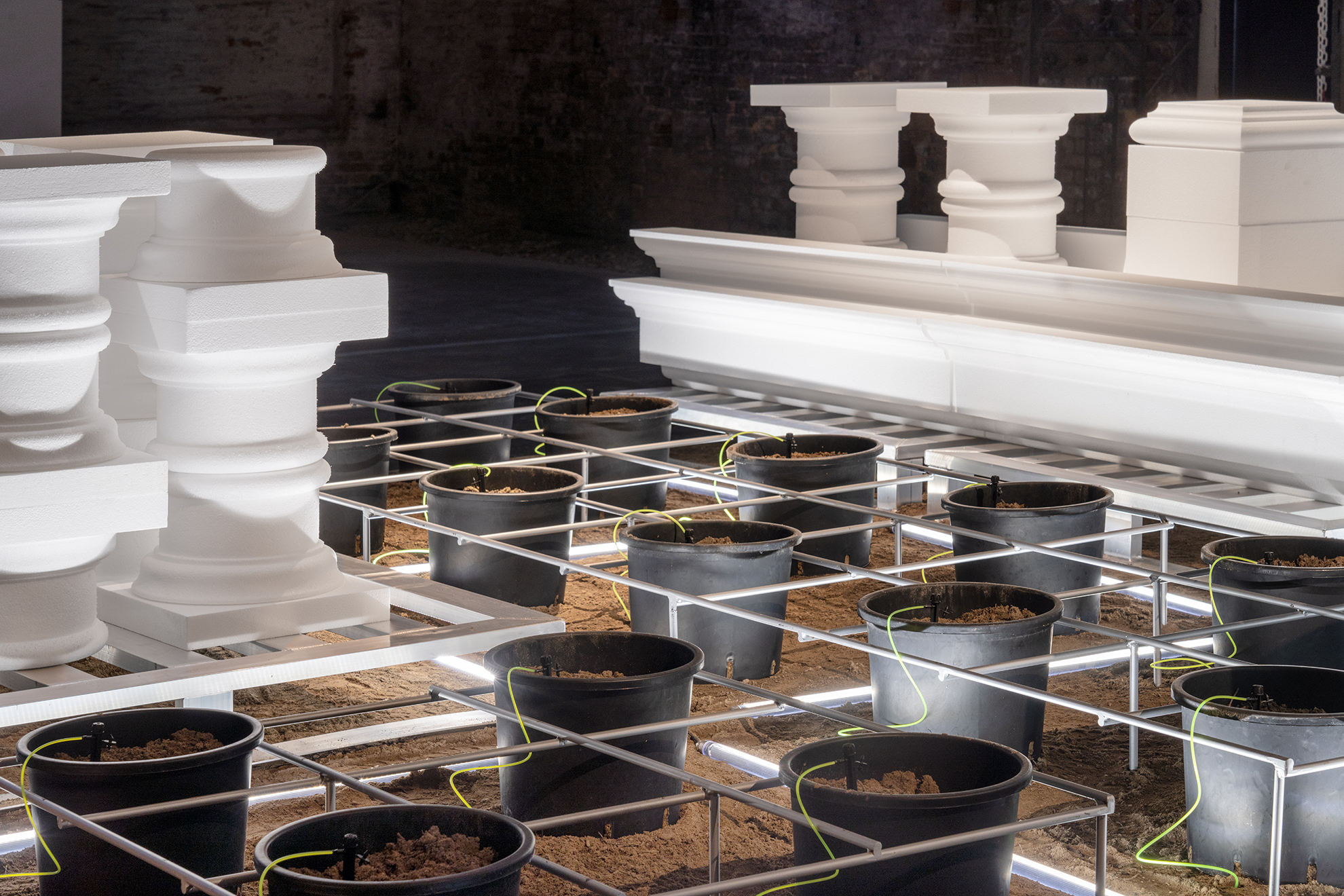
BELVEDERE GD-CLT-N-RN 13163/13501
Just like in the cybernetic dream of a self-replicating machine, Tuscany turns natural resources into its endless self-reproduction using highly automated production processes. This project–which includes two installations and a public program–investigates the Tuscan landscape and its technical reproduction, focusing on the local production of identical genetically modified plants and of polystyrene copies of neoclassical architectural elements.

The Other Shape OF THINGS
THE OTHER SHAPE OF THINGS is the title of a cycle of works that explores the form of information through heterogeneous technologies and techniques, including 3D-scanners, weaving, genetic analysis, data manipulation and 3D-printing. This research has currently led to three different projects: “1. Failed Objects” (2017-ongoing); “2. Datamorphosis” (2019-ongoing); and “AAS47692” (2022).

The Other Shapes of Me
The Other Shapes of Me is the result of my research into the origin and current applications of binary technology: from weaving to programming, algorithms, software, automation processes, up to the complete computerization of a human being. The center piece is rs548049170_1_69869_TT: a large video installation based on the translation of my genetic code. For this project my DNA was slowly turned into a fabric by my mother, using the first computer of modernity: the 19th century Jacquard loom.

DOUBLE BLIND
Double Blind is a photographic series in which I use an ANN (artificial neural network) to produce images extracted from the memories of former Italian immigrants, trying to bridge the gap between mental and algorithmic image production, while investigating the limits and fallibility of both human memory and technical reproducibility.
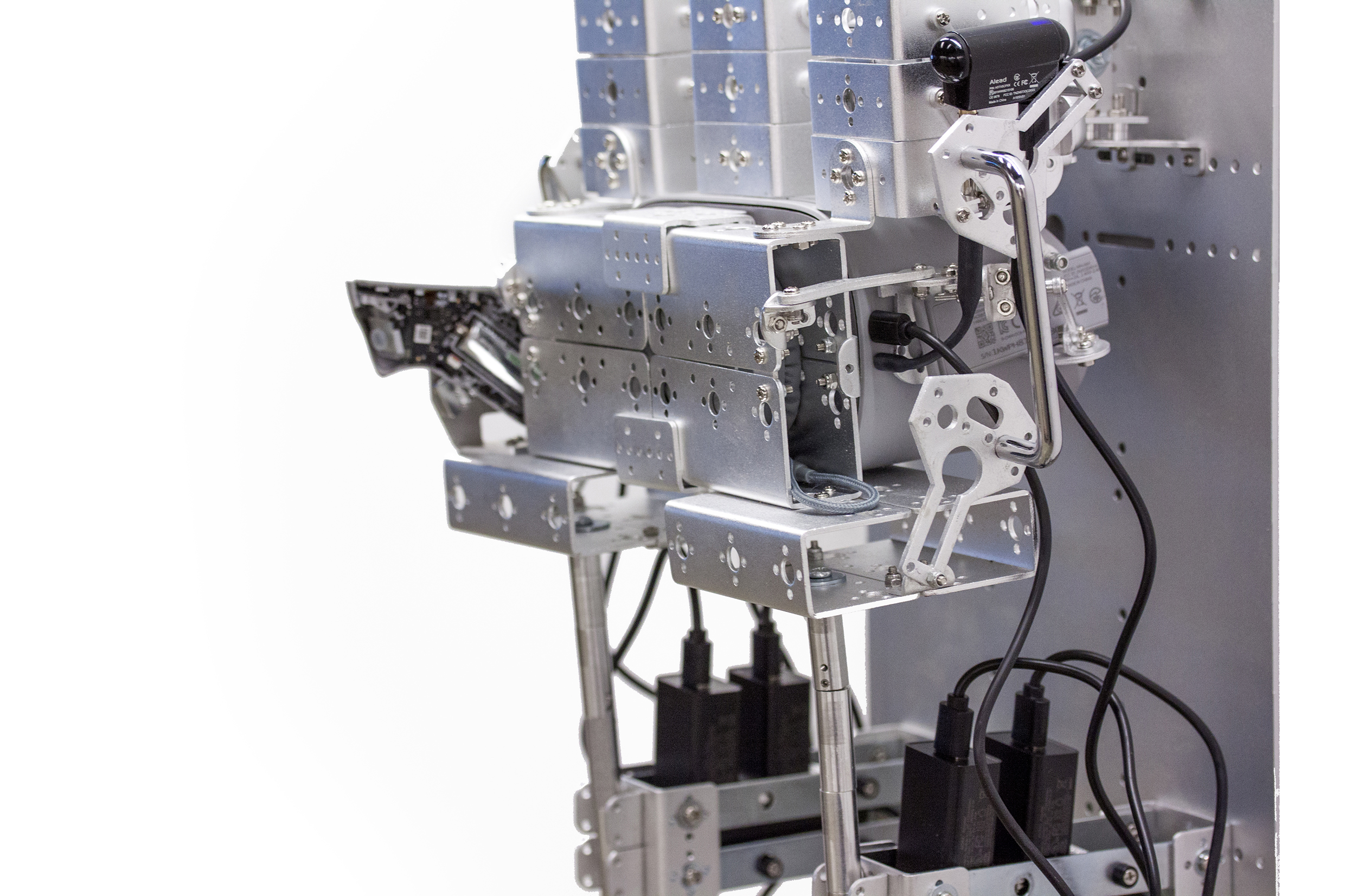
MNEMOSCOPIO
MNEMOSCOPIO (2020) is a site-specific public art installation that uses an experimental XR (Cross Reality) headset through which the physical reality of the installation site overlaps with a navigable 3D virtual map of memories extracted from local residents.

AMAZON'S CABINET OF CURIOSITIES
After receiving a commission for a new art project I asked Alexa Voice Shopping, Amazon’s artificial intelligence, this question: ‘Alexa, can you suggest a product for a new artwork?’. I then followed and acquired every single suggested product, until my entire budget was spent on its recommendations. The result is Amazon’s Cabinet of Curiosities (2019), an installation optimized by algorithms for mass consumption.

animal cinema
Animal Cinema (2017) is a film composed of fragments of videos of animals operating cameras. All cameras were stolen by animals who acted autonomously. These video materials, downloaded from YouTube between 2012 and 2017, have been reorganized in Animal Cinema as a constant unfolding of non-human modes of being.
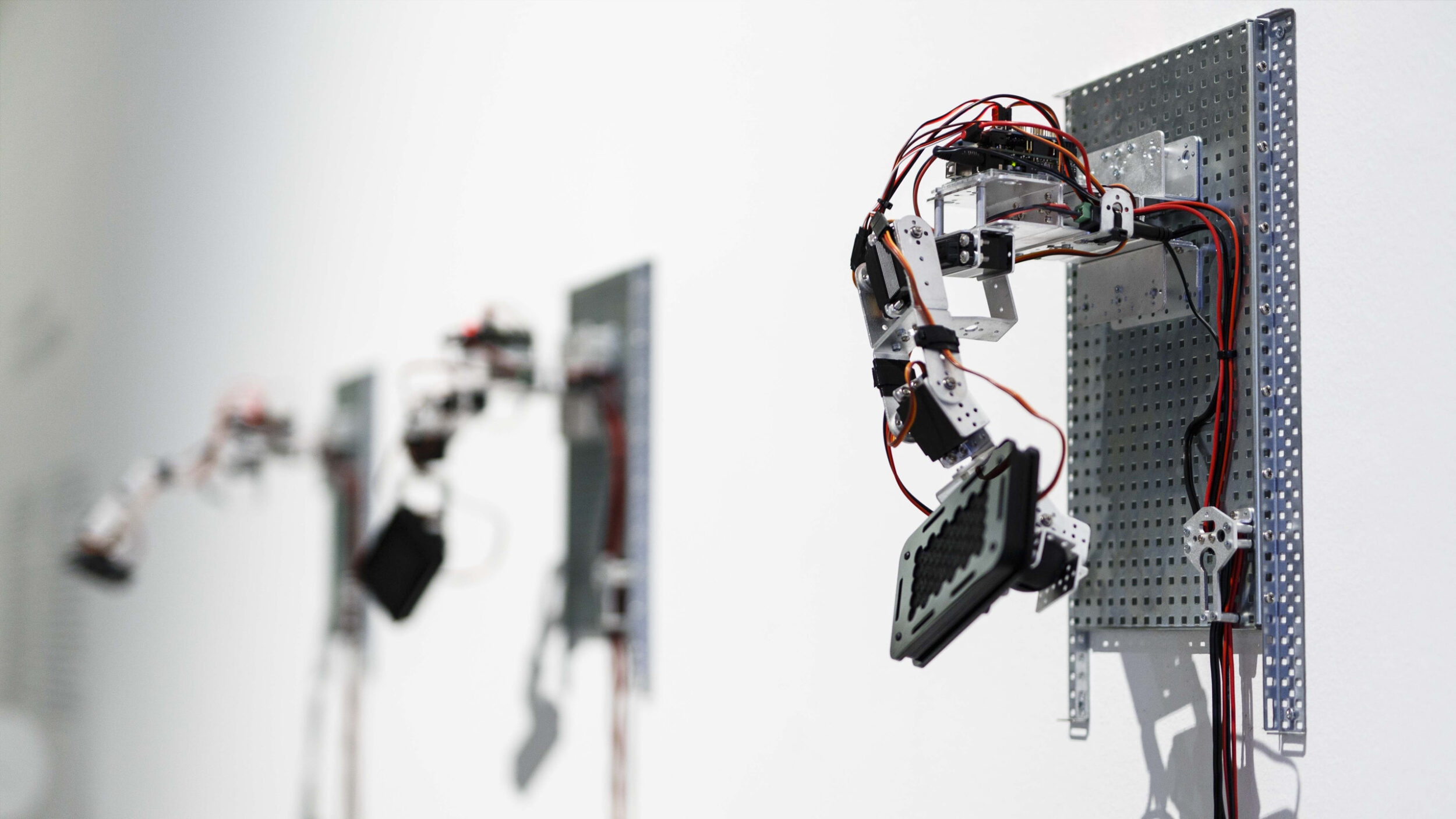
Do You like cyber?
Do You Like Cyber? (2017) is a robotic immersive sound installation that broadcasts a series of short audio messages that were used by bots on the dating website Ashley Madison, which I retrieved after the site was hacked. My work focuses on a series of insubordinate bots that displayed anarchic and unpredictable behaviors, such as chatting with each other for no apparent reason and contacting female users even if they were programmed to only interact with users of the opposite sex.

DREAMSCAPES Analytica®
DREAMSCAPES Analytica® (2017) is a fragmented installation that connects my body with an assemblage of devices, software, networks and systems of analysis and economization of my sleep; and that investigates the relationship between productivity, rest and the data economy.

THE DIGITAL SKIN SERIES
The Digital Skin Series (2016) is composed of self-portraits in which I pose “under the digital skin” of strangers I’ve crossed paths with in the past. To create this series, I first used a 3D scanner to obtain an accurate tridimensional model of my face. Then I used a camera-prototype to acquire HD portraits of strangers. Finally, I applied their portraits to my digital skull as if they were simply an additional layer. The result is a series of photographs where bidimensionality and tridimensionality collide in an intimate and unpredictable way.

the ITALIAN JOB (series)
THE ITALIAN JOB (2014-ongoing) is a series of conceptual artworks, developed between the United States and Italy, that intend to highlight the hidden structures behind themes such as originality, legality, artistic legitimization, collective processes, digital labor, and the relationship between artists and curators in the age of the Internet. This research has currently led to three different projects: “Job n.1 – embarrassment party (2014);” “Job n.2 – An-Archiving Game” (2015);” and “Lazy Sunday” (2022).

MNEMODRONE
MNEMODRONE (2014-in progress) is an ongoing transmedia memory-collecting project divided in several chapters and developed in collaboration with Daniel Belquer. It is based on drone technology and investigates the social and philosophical issues of coexistence between humans and artificial intelligences
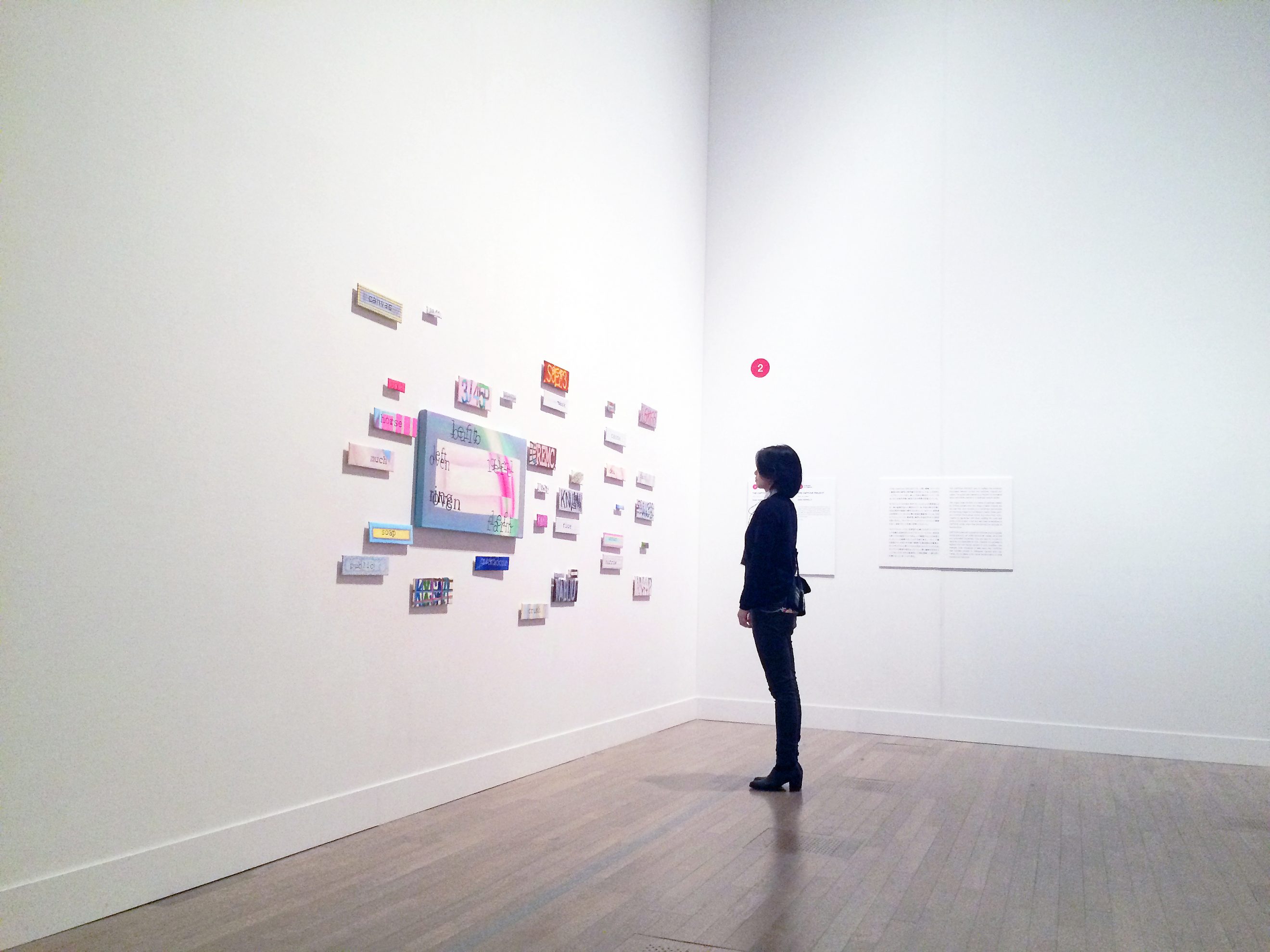
the captcha project
The CAPTCHA Project (2014) aims to highlight the undefined boundaries between humans and machines, originals and copies. The project takes the form of a series of paintings created by Chinese painters from the village of Dafen. Despite the fact that their work consists of a mechanical reproduction of preexisting images for the Western market, Dafen painters consider themselves artists and value their work. I signed an agreement with them, splitting the costs and profits of this project in half and sent them screenshots of CAPTCHA codes, which they transformed into precise oil reproductions.

MEMORYSCAPES
MEMORYSCAPES (2013-2016) investigates how memory and reality affect one another, through notions of architecture and related mental images, resulting in a complex body of work that includes immersive audio installations, multimedia documentation, and cutting-edge holographic technology.

transiconmorphosis
TRANSICONMORPHOSIS (2013) is an interactive artwork developed in collaboration with Fito Segrera that proposes an ambiguous and experimental communication system for the near future. The system focuses on facial expressions, and translates the emoticons received through a videochat into electrical impulses that force the artist’s facial features to mimic the expression of each emoticon.

THE GOOGLE TRILOGY - 3. THE DRIVER AND THE CAMERAS
THE GOOGLE TRILOGY ends with The Driver and the Cameras (2012). To create this work I went looking for faces that had escaped Google Street View’s algorithm. The eleven portraits I isolated immortalize the driver of the Google car. The driver is a sort of phantom power; he appears where he shouldn’t be and his presence has escaped censure.

THE GOOGLE TRILOGY - 2. MICHELE'S STORY
The second part of THE GOOGLE TRILOGY, entitled Michele’s Story (2012), is a collection of 100 photographs, the result of my collaboration with a man who became almost completely paralyzed. The project is composed of details taken from Google Street View and attempts to precariously reconstruct a single human journey by recovering snippets of stolen and dehumanized life.
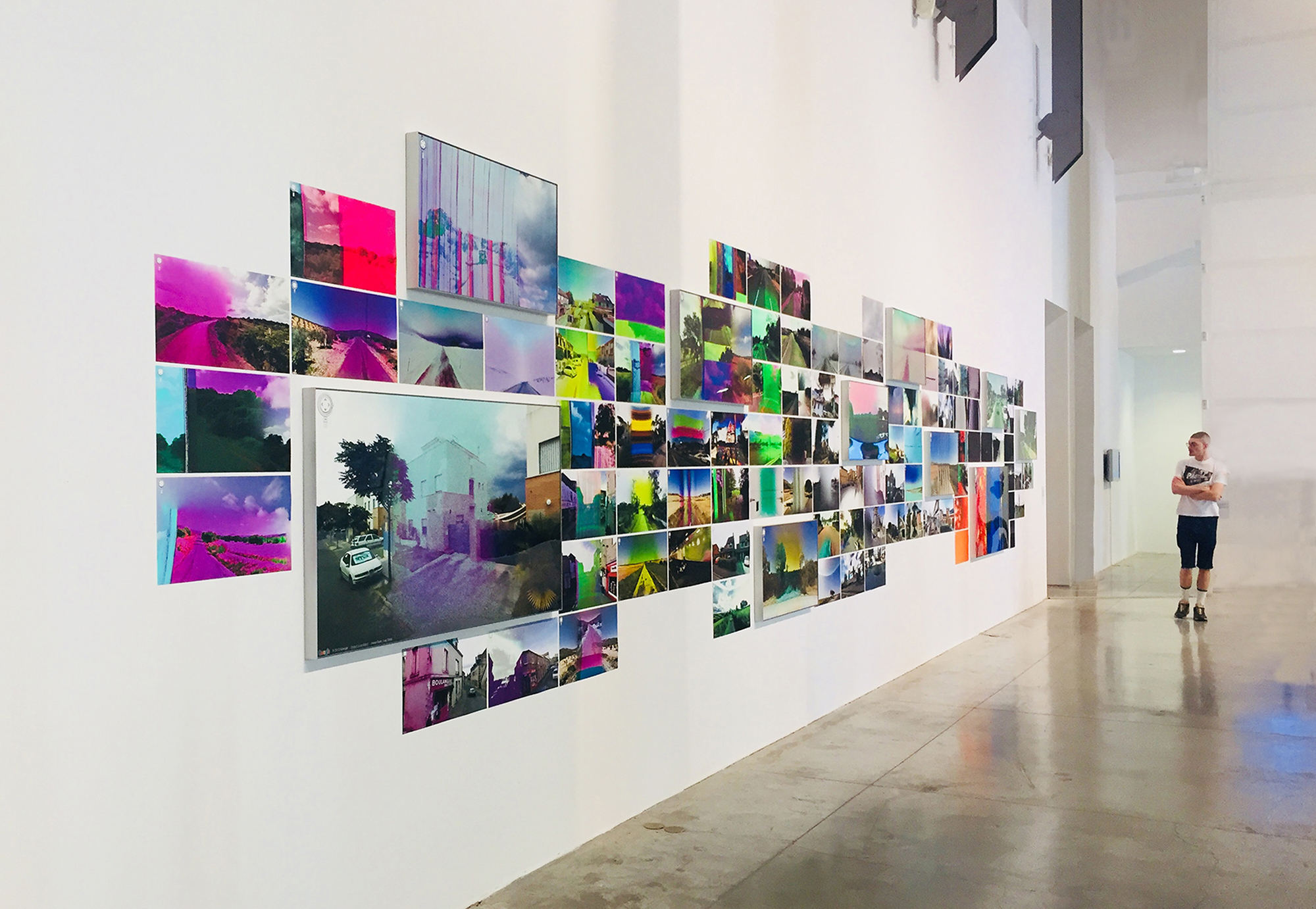
THE GOOGLE TRILOGY - 1. REPORT A PROBLEM
THE GOOGLE TRILOGY (2012) is a three-part project about the relationship between humans, power, and technological errors. To create the first part, Report a Problem, I traveled on Google Street View photographing all the “wrong landscapes” I encountered before others could report the problems and prompt the company to adjust the images.

DIGITAL PAREIDOLIA: A PERSONAL INDEX OF FACEBOOK'S ERRONEOUS PORTRAITS
In 2012 I uploaded all of my personal photos to my Facebook profile and I went through each suggested ‘tag,’ looking for possible errors occurring during the use of its facial recognition technology. Facebook recognized the face of a person where one did not exist 193 times. The by-product of its failures was a series of erroneous portraits featuring pieces of fabric, hands, rocks, plants, and a lot more.

THE SICILIAN FAMILY
The Sicilian Family (2012) is composed of digital elaborations of vintage analog photographs that belonged to my relatives. I modified each picture by writing my memories within its ASCII code. This alteration corrupts the file but forces my memories to coexist with the photo in an unforeseeable new way.
